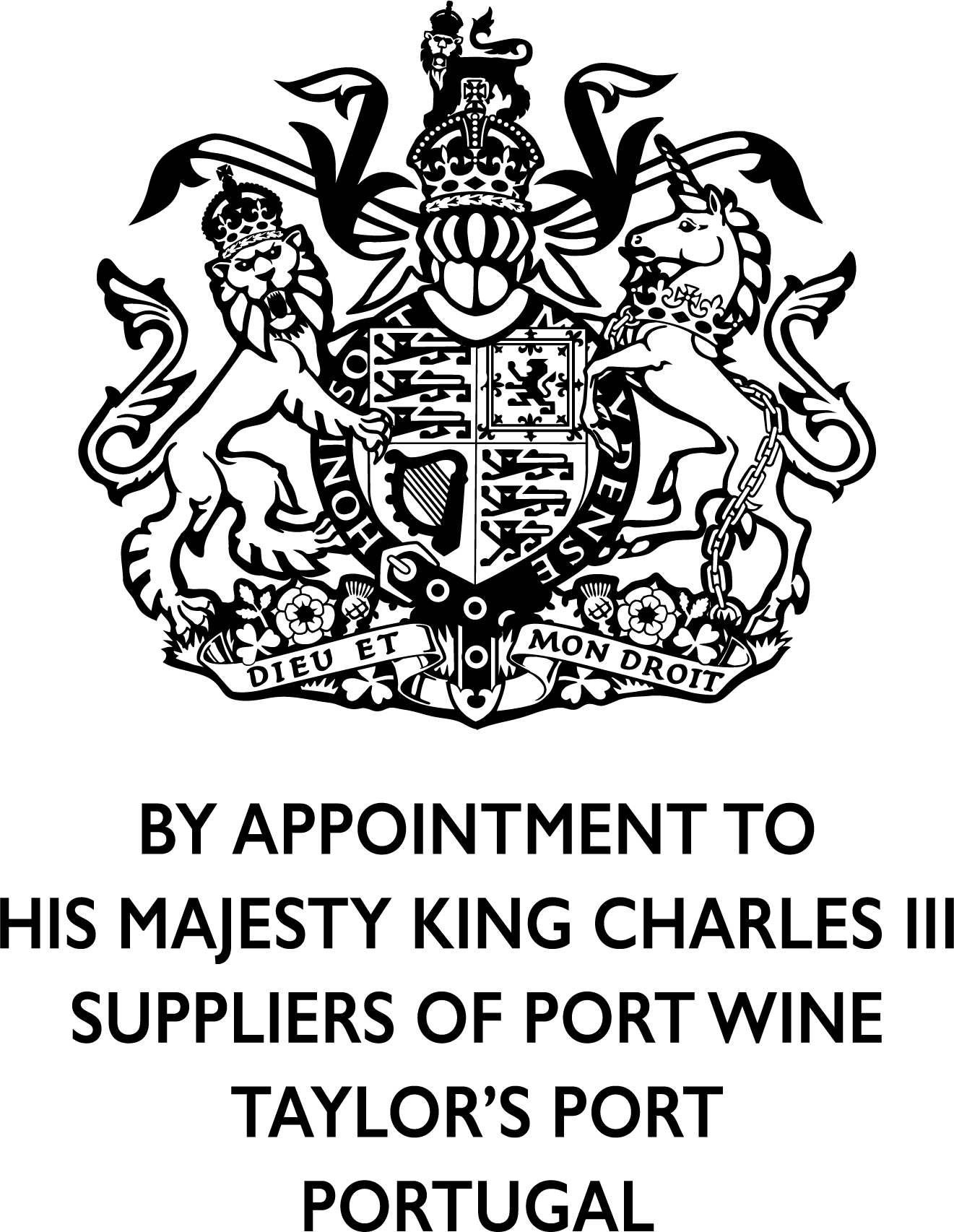In the late 1850s and early 1860s it was common for botanists and vine growers to import native North American vines into Europe. They were not aware that, in many cases, these American vines carried with them small yellow mites which fed on their roots, sucking their sap. The American vines were accustomed to the assaults of these barely visible parasites and had developed ways to survive them. However the European wine-producing vines had no defenses. The mites would insert their feeding tubes into the vine root, causing tuberous swellings until the root was so deformed that it could no longer draw water or nutrients from the soil. Starved and parched, the vine withered and died. The first serious attack occurred in the southern Rhône in 1862 and the pest then spread rapidly to other parts of France causing widespread devastation to the vineyards. When the cause was finally identified, the destructive louse was named Phylloxera vastatrix (meaning 'the dry leaf devastator'). Phylloxera is believed to have reached the Douro Valley in 1868. It first unleashed its destruction on the eastern area of the Douro, the source of the finest Ports, and by 1872 had brought many famous Port estates to their knees. Yields fell dramatically, causing shortages of wine and a rise in prices. One of the most energetic champions of the battle against Phylloxera was John Fladgate, one of the partners of Taylor's, who was awarded the title of Baron of Roêda for his work in combating the blight. It was some time, however, before the solution was found. This was to graft the European wine-producing vines onto the resistant roots of native American varieties, a measure which eventually put a stop to the destruction.
Search
-
Port Wine
Port Wine
Bottled Aged Port
Wood Aged Port
-
What is port wine?
What is port wine?
- Enjoying Port
-
Buy Port
Buy Port
- Vineyards & Property
-
News & Events
News & Events
- About Us
- Visit Taylor's
- UK Sommelier Challenge
Vintage Port
Full Bodied & Fruity
Rich & Mellow
Limited Editions
White Port
Travel Exclusive
